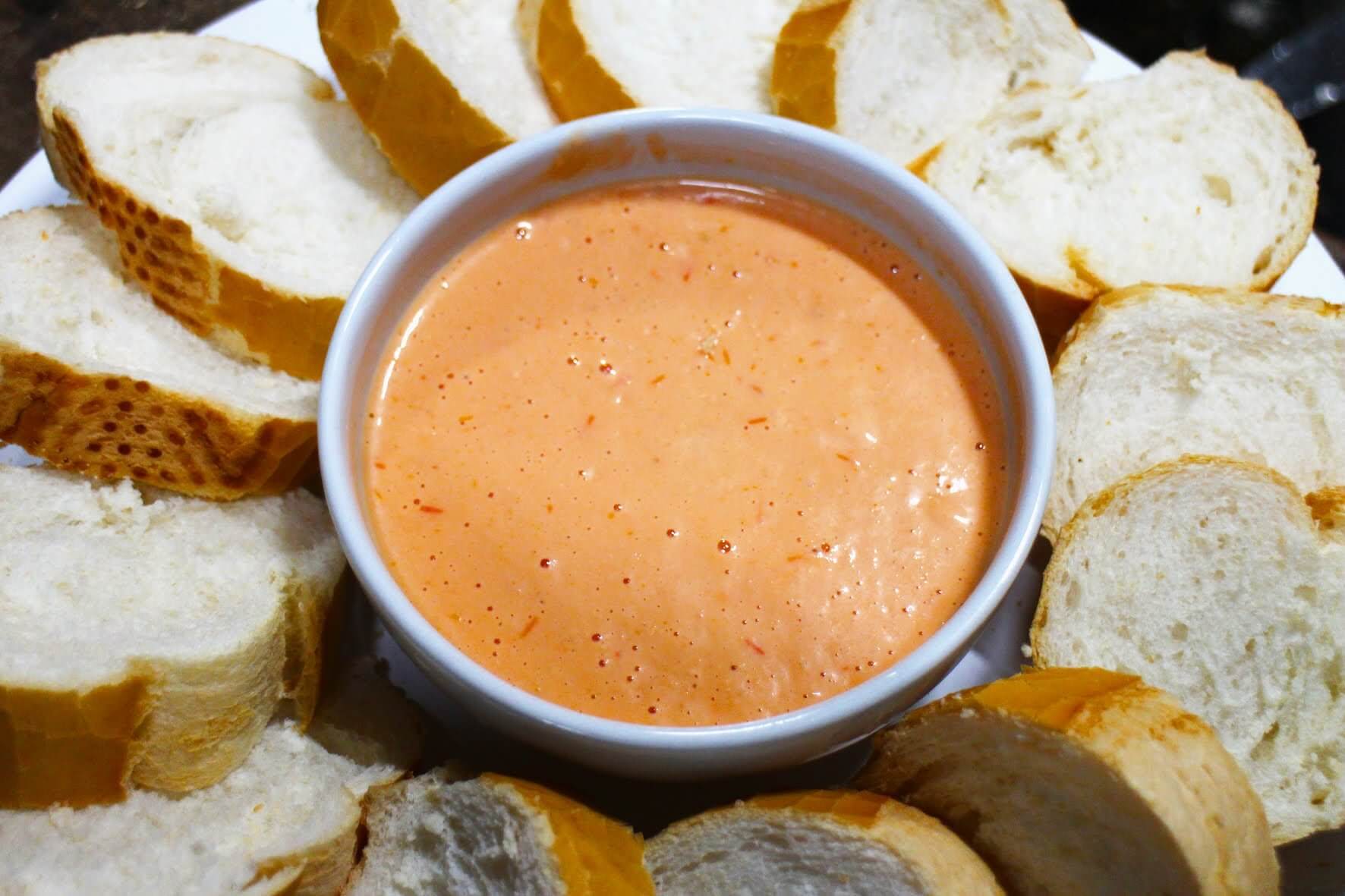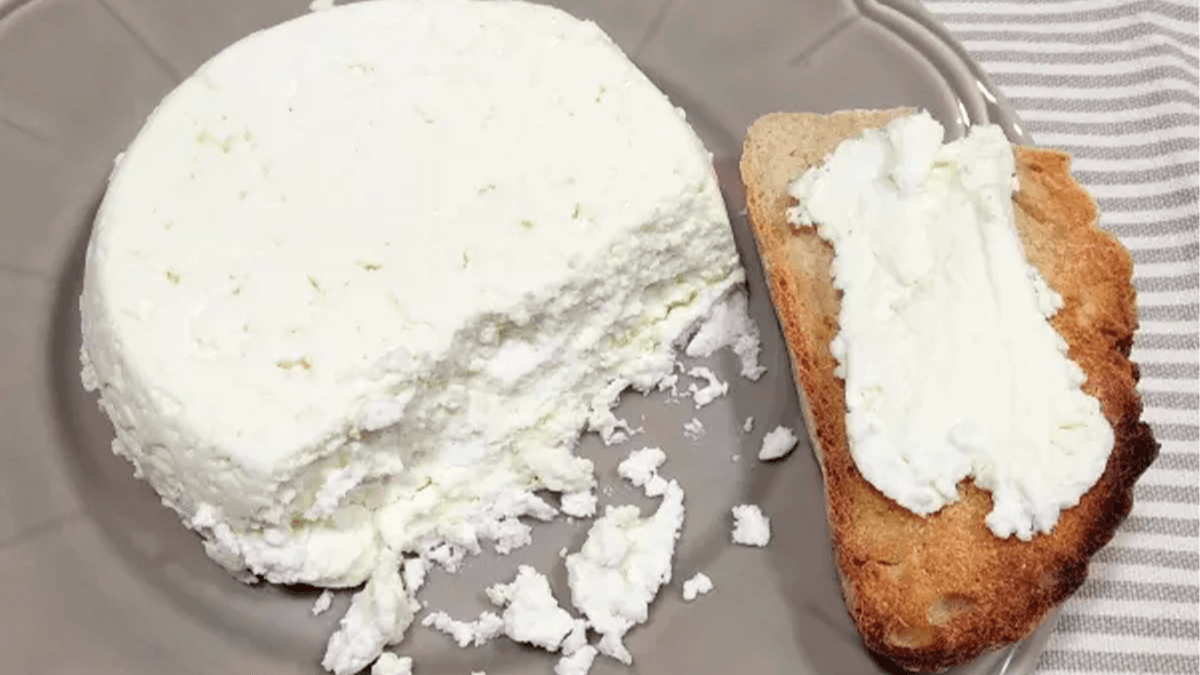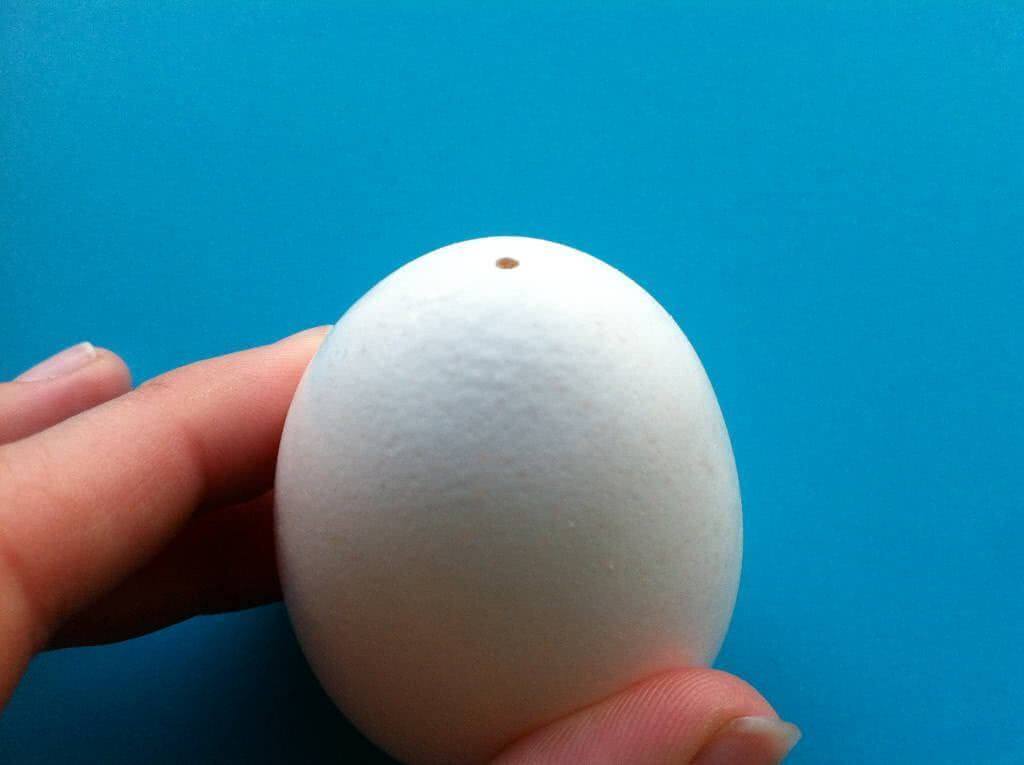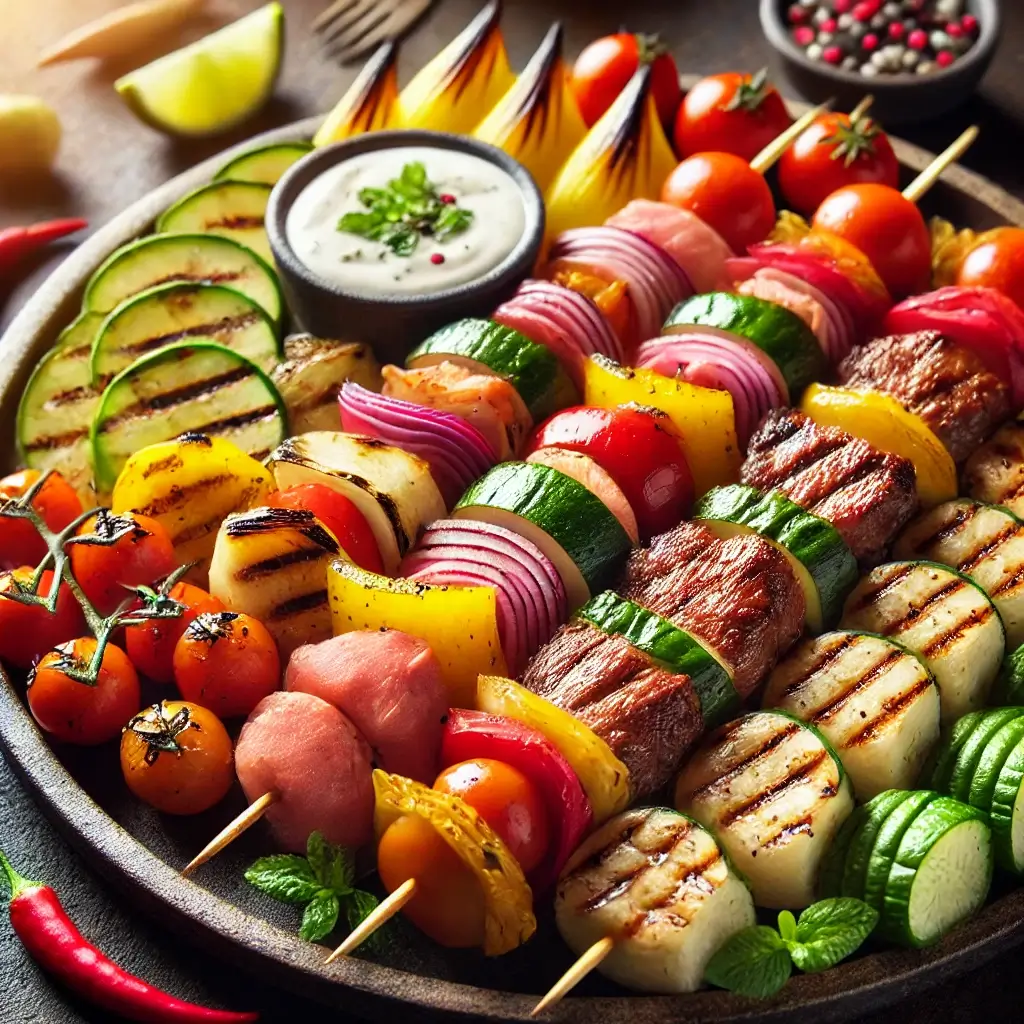Homemade Natural Colorants for Icing and Creams
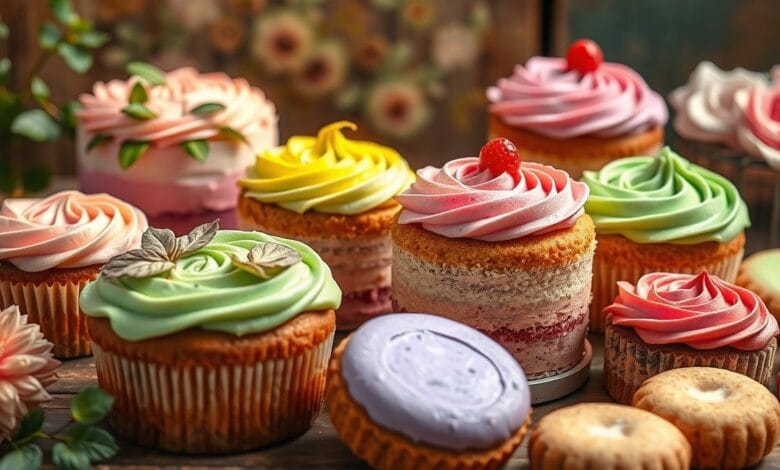
Homemade natural dyes for icings and creams
Have you ever thought about preparing homemade natural dyes to color icings, creams, and meringues used in decorating cookies and cakes? This is a fascinating universe that combines health, sustainability, and creativity in confectionery. In this article, we will explore how to create these colors directly from nature, using fruits, vegetables, and leaves, ensuring 100% natural products without preservatives or artificial flavorings.
Why choose natural dyes for confectionery?
In the search for healthy and flavorful options, more and more bakers and enthusiasts opt to use natural dyes instead of synthetic ones found on the market. Besides preserving the original flavor of the recipes, these dyes are free from chemicals, artificial ingredients, or allergens, providing a touch of color and sustainable charm to your sweets.
I, Ana Bacellar, have been producing homemade natural essences for years, such as vanilla, coffee, and spices, and have only recently started experimenting with vegetable dyes for icings, in response to requests to color cookies without giving up naturalness.
How to obtain natural colors for your homemade dyes
To create vibrant and delicate colors for icings and creams, the choice of ingredients is fundamental. I used fruits and vegetables with intense colors to guarantee shades that stand out even when mixed with white icing. Below are the main colors and the ingredients that stood out the most:
- Soft pink and red: strawberry and beetroot (for strong pink)
- Purple/lilac: blueberry, blackberry, and red cabbage (with a bluish tone)
- Light yellow: ripe mango
- Orange: fresh carrot
- Green: parsley, spinach, and watercress, each providing different nuances
- Light brown: filtered coffee
It is worth noting that the color intensity in the final product will always be softer than the natural concentrate, so starting with a strong shade is indispensable to obtain light pink, lilac, or vibrant green.
Methods to prepare natural dyes with different ingredients
Each type of vegetable or fruit requires a specific preparation method to extract the maximum color while preserving flavor and texture. I divided the methods into three categories for convenience:
1. Red and yellow fruits (strawberry, blueberry, blackberry, mango)
Place 1 cup of chopped fruit in a small pan, add 1 teaspoon of lemon juice, and cook over low heat for about 5 minutes until the pulp softens. Blend the mixture and strain carefully through a fine sieve without squeezing to maintain uniform color. Store in the refrigerator for up to 2 days.
2. Roots and leaves (carrot, parsley, spinach, watercress)
Blend 1 cup of chopped carrot or selected leaves along with their stalks until you get a thick and as smooth as possible juice. Pass through a fine sieve, squeezing well to extract all the color. Store in a closed container in the refrigerator for up to 2 days.
3. Vegetables with strong pigments (red cabbage, beetroot)
In a small pan, place 1 cup of sliced red cabbage or chopped beetroot, add 1 teaspoon of lemon juice and ¼ cup of water. Cook on low heat for 5 minutes until the cabbage wilts or the beetroot releases its dye. Then blend it, strain without squeezing excessively, and keep sealed in the refrigerator for up to 2 days.
Important tips for using natural dyes in icings and creams
- Mild flavors: The amounts of dye used are so small that the taste of the vegetables does not affect the final sweet – no one will taste cabbage or parsley, for example.
- Texture adjustment: Since the dyes are liquid, sometimes it is necessary to compensate the consistency of the icing or meringue with a little powdered sugar.
- Shelf life and storage: Natural dyes should be stored in the refrigerator and used within 2 days, as they lose intensity over time. Freezing in ice cube trays is an excellent way to preserve and use in the right measure when needed.
- Minimum quantity: For each color, there is a minimum quantity that must be prepared to guarantee the desired intensity.
- Creativity in decoration: When decorating cookies, try preparing at least four different colors to create varied effects. For cake coverings, a single color may suffice, but the imagination is the limit!
Practical applications of natural dyes in confectionery
These dyes are perfect for coloring decorated cookies, meringues, and even homemade colored ‘maria mole,’ making any dessert more joyful and fun. They also work for coloring whipped cream, increasing the possibilities for festive recipes, such as Easter, Christmas, Children’s Day, and birthdays.
However, it is important to remember that creams like pastry cream are harder to dye because the yellow of the eggs interferes with the final tone, making it difficult to achieve vibrant and uniform colors.
Children love to participate in these colorful experiences, making the preparation of sweets a playful and special moment.
Conclusion
Making homemade natural dyes is simple, fun, and an excellent way to make your desserts healthier and visually stunning. With a few ingredients and basic techniques, it is possible to transform any recipe with a touch of natural color without giving up quality and flavor.
Try different colors, unleash your creativity, and don’t forget to share your discoveries and combinations with us!






